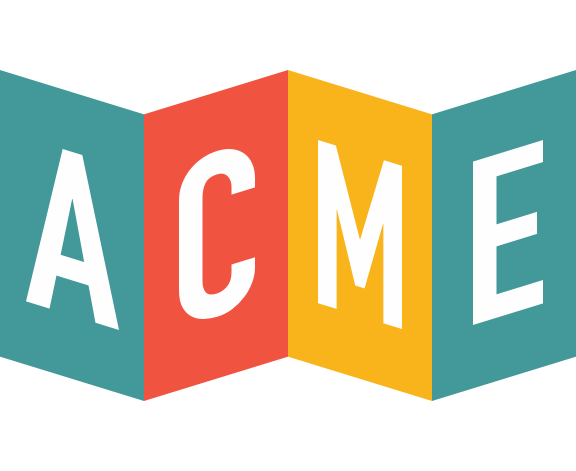
Nonprofit Branding
Nonprofit cultural institutions are about enriching the community through art, science, history, and so much more. These organizations do excellent work that brings people together and promotes an important cause.
Considering the humanitarian, cultural, and artistic focus of most nonprofit organizations, branding is one of the most overlooked yet essential aspects of building an institution.
Even if an organization is doing great work, they still need to communicate and market their institution in order to build donors, retain visitors, and bolster their recognition as a cultural pillar of society.
Below is everything you need to know about branding your nonprofit so you can continue doing great work for years to come.
Nonprofit Branding Guideline
Establishing your nonprofit branding guidelines is important to building recognizable visibility and consistency in the promotion of your institution. Part of what makes the most successful nonprofit organizations so iconic is how familiar their message, image, and concepts are to the general public.
Here are a few guidelines your organization should follow to build your brand in an effective and consistent manner.
- Communicating a narrative: One of the most important aspects of branding and marketing is communicating a narrative. The great thing about being a nonprofit institution is that most of what you do and who you are is already brimming with passion and inspiration. Look to your mission statement for guidance, and think about what you’re trying to communicate to your guests and donors. This is about developing slogans and utilizing quotes that will share your story, inspire your visitors, and tell a narrative that is both sincere and moving.
- Visuals and Logo: Cultural institutions need to put time and effort into developing a logo that is aesthetically pleasing and indicative of the organization’s role in the community. Think of the same of the most iconic logos–American Red Cross, Seeds for Change, World Wide Fund for Nature, etc.–and start to analyze why these organizations choose those specific images. Things to consider, along with the logo, are your colors and font sizes; again, these should be universal throughout your organization in order to familiarize your guests with a familiar image and look. Again, look toward your mission statement for guidance and decide on a font and color spectrum that will reappear throughout your branding strategy.
- Target Audience: Make sure you identify a target audience and have that group of people in mind throughout your branding strategy. Like your mission statement, your target audience will be another guiding factor in your overall strategy. They can dictate the colors you use, the complexity of your slogan, the size of your font, and the images you relay to them. Running an institution geared toward child learning should probably avoid complex witty wordplay or sarcasm in their communication campaigns.
- Develop a Comprehensive Guideline: Your guideline will be the tool that keeps your entire branding campaign consistent and organized. This is going to be especially important if your organization exists across regions and targets various audiences. You might have, for example, several different logos that, although similar, are used for different occasions. You might have a “primary logo” as your standard image but also have “professional logo” for business occasions or “kids logo” to appeal to children. Create guidelines for your content developers and make sure they’re abiding by them.
How to Rebrand a Nonprofit
There are several good reasons to rebrand your nonprofit. You might be looking to modernize your branding, connect with new members, or introduce new aspects of your organization. Whatever your reason may be, there are a few best practices and tips to follow when looking to rebrand.
- Be willing to let go: depending on your goals, rebranding might require you to let go of your logo, established language, and entire image. If you’ve done the hard work of meeting with your team and deciding that rebranding is necessary to communicate your message effectively, then stand by that and be willing to confidently let go of old images that simply don’t work.
- Allocate Time and Resources: It would be a shame to go through all the effort of rebranding your organization only to retract the changes because they were made in haste. Take the necessary time, money, and effort to find the right logo and brand image.
- Establish Your Guide Before Approving: Use the above branding guideline to establish your standards and procedures early on. Develop your plan and get as much feedback as possible before going through with the rebranding process.
- Data-Driven Rebranding: Utilize your database, software, and surveys to make data-driven rebranding decisions. Utilizing your CRM and conducting several surveys will help you understand how visitors and donors feel about your organization and the direction its heading, allowing you to make informed decisions about rebranding.
Final Thoughts: Nonprofit Branding
Whichever direction you want to go with branding or rebranding your nonprofit, ensure you’re utilizing your mission statement, passion, and the interests of your guests and donors in guiding your decisions.
ACME ticketing is here to make your data and ticketing process more efficient and easier to use for your staff and visitors. With simplified summary reports, you can gain valuable insights into the trends and preferences of your visitors, allowing you to make smart decisions on the direction of your institution.
Try ACME’s cutting-edge technology and create a seamless experience for your managers, staff, and guests today.

